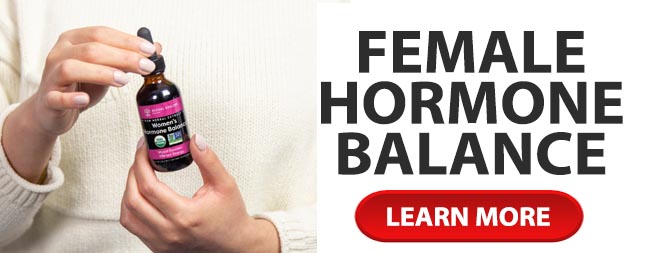It is the fear of most women to discover a lump in her breast. Many times thoughts of breast cancer will enter her mind before her she has even sought the advice of her gynecologist or primary care physician. However, more commonly, breast lump are related to benign conditions that are much less publicized and garner less of the media attention than does breast cancer.
The definition of a lump is the growth of tissue that develops within the breast. The term is often used interchangably to describe any mass, swelling, thickness or fullness. Sometimes a lump will have definite borders and at other times it feels more like a general area of thick tissue. Sometimes there are other changes that accompany a breast lump such as skin redness, pitting, pain or unusual discharge.
Sometimes a lump is the first symptom you experience of breast cancer but most of the time it is a sign of a more benign breast condition that may or may not require treatment. Many physicians who will categorize dense tissue into three different areas. The first is a malignant breast lump which is breast cancer. The second are breast cysts which are harmless fluid filled sacs of tissue that grow within the breast tissue. These will feel smooth and squishy, almost as if you are pressing down on a water balloon. They usually move around and can change in size based on the amount of hormones excreted, in other words during specific times a month. They can be located near the surface or deeper towards the chest wall. Cysts will be diagnose using mammogram, ultrasound and potentially of fluid aspiration. They commonly appear in women who are in their 30s, 40s and 50s but disappear after menopause. (1)
The next category of lumps are fibroadenomas. These are a benign group of cells that develop from the connective tissue in the breast. They feel like a round lump and can either be hard or firm but can be usually moved during a breast self examination. If needed, a fibroadenoma can be removed with either a lump ectomy, cryoablation or laser ablation. If there is some doubt about a fibroadenoma it might be biopsy to be sure that it is harmless, especially if the woman would prefer not to have a lumpectomy. (2)
Fibroadenomas usually appear in teenagers and young women and often disappear after menopause. The fibroadenomas will show up on mammogram as a denser area of the breast and on ultrasound as a solid mass.
And the third category of breast tissue lumps are called pseudo-lumps. These can be scar tissue, chronic fat or a rim bone that is pressing into the breast tissue and compressing it. Usually this lump is hard and does not change shape or size, and it may or may not be movable. (3)
In order to determine that a pseudo-lump is harmless the physician will recommend a mammogram and ultrasound. If the diagnosis is still not clear, a needle biopsy may be done in order to be analyzed by a pathologist. Pseudo-lumps occur in greater number in women who have had breast surgery, breast enhancement or if a rib has shifted. Sometimes they show up on mammogram and sometimes they don\’t.
Breast lumps may be found during self-examination, physician clinical examination or during a mammogram. It is important that a woman care for her future health by including each of these different means of diagnosis and evaluation in the care of her breasts.
Sometimes these lumps are associated with breast pain and other times they aren\’t. Breast cysts will be painful if they are large and compress the breast tissue.
Interestingly, infants can also have lumps in their breast, whether male or female, which is related to the estrogen secretion from the mother. These lumps usually go away on their own as the estrogen clears from the baby\’s body. Teenage boys can develop breast enlargement because of hormonal changes during puberty. While it can to stress the teen, they often go away on their own.
Another cause the breast lumps is mastitis, or an infection of the breast that is especially common in women who are breast-feeding. When the skin around the nipple is injured or cracked bacteria can enter and cause infections. Sometimes an area will harden which is thought of as a clogged milk duct but will feel like a lump. (4)
Any injury or trauma to the breast will also cause a rupture of tiny blood vessels that results in the hematoma. This will be felt as a lump under the skin. Trauma can also result in fat necrosis which will form a lump inside the breast. These types of lumps are not cancerous.
In most cases when a woman finds a lump in her breast the resulting information does not lead the physician to diagnose breast cancer. But, even though the likelihood is that any lump will result in a benign condition, it is still important that a woman seek the care and advice of her gynecologist or primary care physician if she should discover any unusual changes in her breast tissue.
(1) American Family Physician: Breast Cyst Aspiration
http://www.aafp.org/afp/2003/1115/p1983.html
(2) MedlinePlus: Fibroadenoma – Breast
http://www.nlm.nih.gov/medlineplus/ency/article/007216.htm
(3) Canadian Women\’s Health Network: Health Information FAQs: Breast Health
http://www.cwhn.ca/node/41544
(4) US National Library of Medicine: Breast Infection
http://www.ncbi.nlm.nih.gov/pubmedhealth/PMH0002460/

